UML Class Notation
A class represents a concept that encapsulates state (attributes) and behavior (operations). Each attribute has a type and each operation has a signature.
The class name is the only mandatory information.
Class Name
- The name of the class appears in the first partition.
Class Attributes
- Attributes are shown in the second partition.
- The attribute type is shown after the colon.
- Attributes map onto member variables (data members) in code.
Class Operations (Methods)
- Operations are shown in the third partition. They are services the class provides.
- The return type of a method is shown after the colon at the end of the method signature.
- The return type of method parameters is shown after the colon following the parameter name. Operations map onto class methods in code.
Class Visibility
+ public attributes or operations
- private attributes or operations
# protected attributes or operations
Parameter Directionality
in passed to the method by the caller
inout passed to the method by the caller, and possibly modified by the method and is passed back
out not set by the caller but is modified by the method, and is passed back out
Relationships between classes
Inheritance / Generalization
A generalization is a taxonomic relationship between a more general classifier and a more specific classifier. Each instance of the specific classifier is also an indirect instance of the general classifier. Thus, the specific classifier inherits the features of the more general classifier.
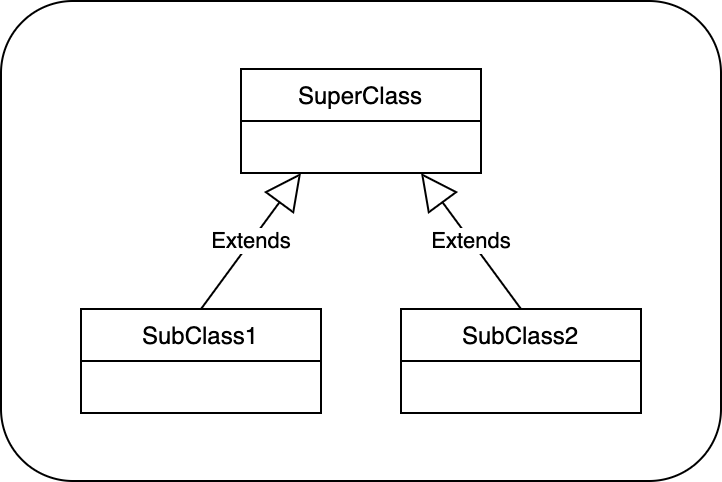
The relationship is displayed as a solid line with a hollow arrowhead that points from the child element to the parent element.
- It represents an “is-a” relationship.
- An abstract class name is shown in italics.
- SubClass1 and SubClass2 are specializations of SuperClass.
Association
Associations are relationships between classes in a UML Class Diagram.
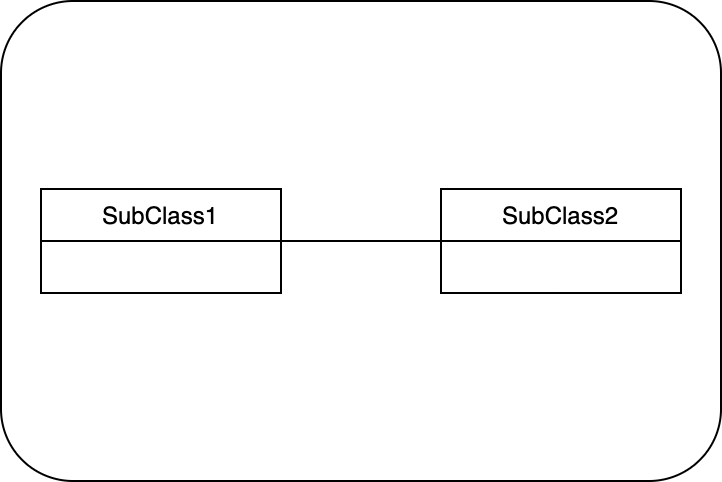
The relationship is displayed as a solid line between classes.
Simply Association
It is a structural link between two peer classes.
- There is an association between Class1 and Class2.
Cardinality
Cardinality is expressed in terms of:
- one-to-one
- one-to-many
- many-to-many
Aggregation
Aggregation is a special type of association.
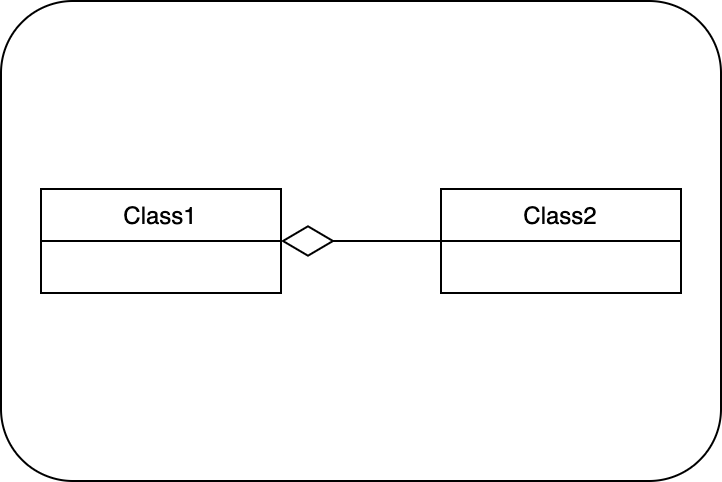
The relationship is displayed as a solid line with an unfilled diamond at the association end, which is connected to the class that represents the aggregate.
- It represents a “part of” relationship.
- Class2 is part of Class1, many instances of Class2 can be associated with Class1.
- Objects of two classes have separate lifetimes.
Composition
Composition is a special type of aggregation where parts are destroyed when the whole is destroyed.
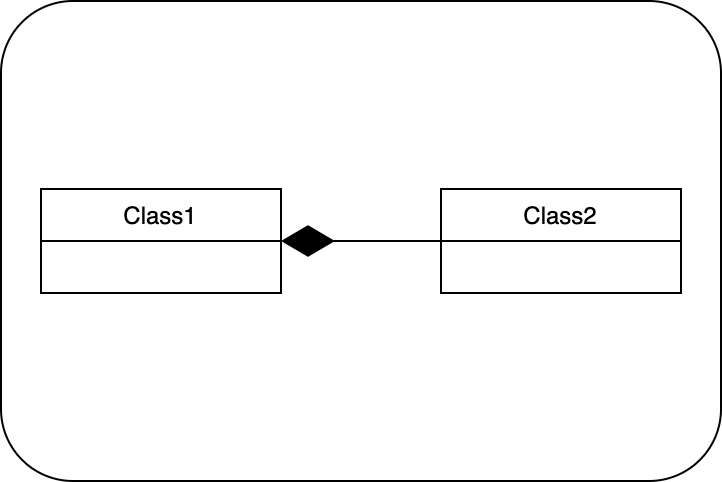
The relationship is displayed as a solid line with a filled diamond at the association end, which is connected to the class that represents the whole or composite.
- Objects of two classes live and die together.
- Class2 cannot stand by itself.
Dependency
Dependency is a special type of association where an object of one class might use an object of another class in the code of a method. If the object is not stored in any field, then this is modeled as a dependency relationship.
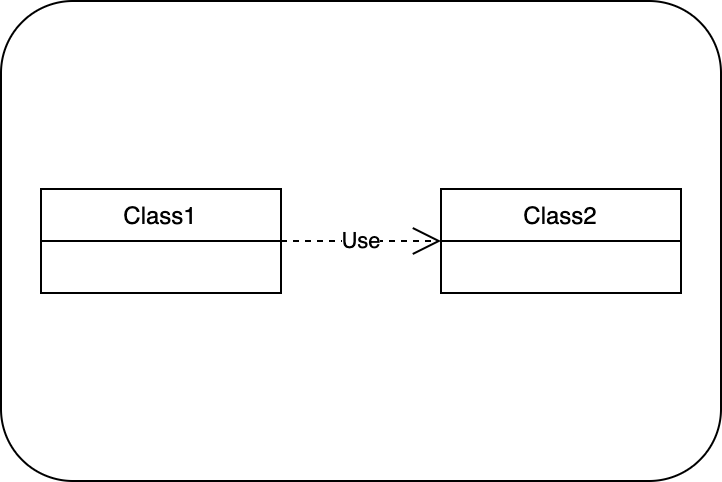
The relationship is displayed as a dashed line with an open arrow.
- Exists between two classes if changes to the definition of one may cause changes to the other.
- Class1 depends on Class2.
Realization
Realization is a relationship between the blueprint class and the object containing its respective implementation level details. This object is said to realize the blueprint class. In other words, it is the relationship between the interface and the implementing class.
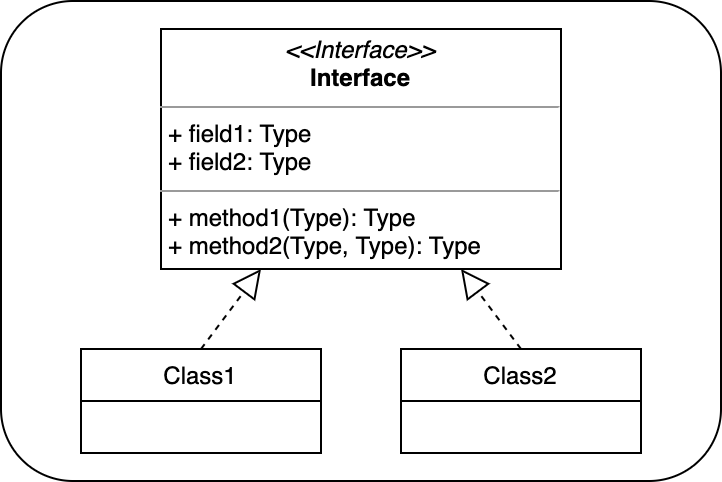
The relationship is displayed as a dashed line with a hollow arrowhead that points from the class element to the interface element.